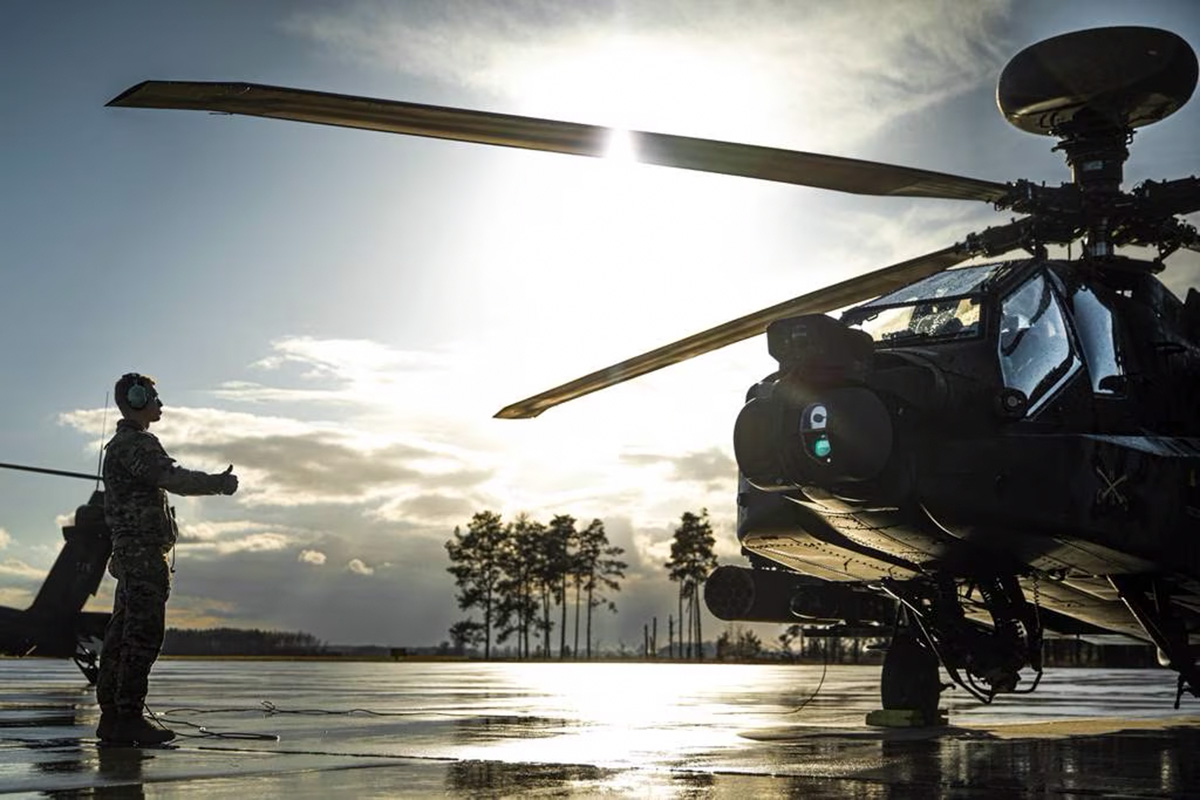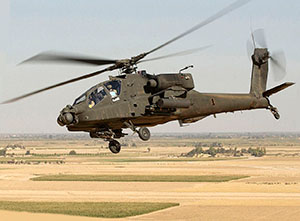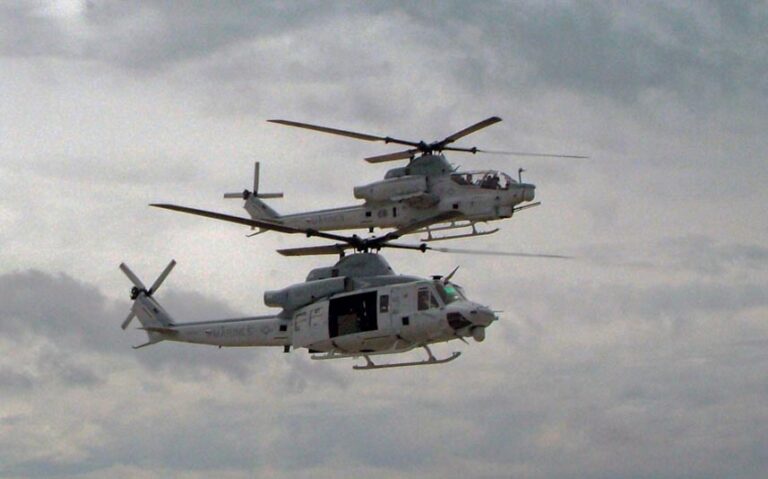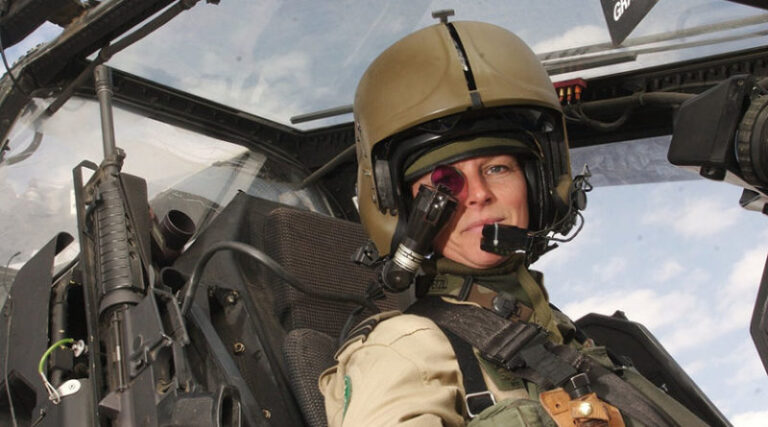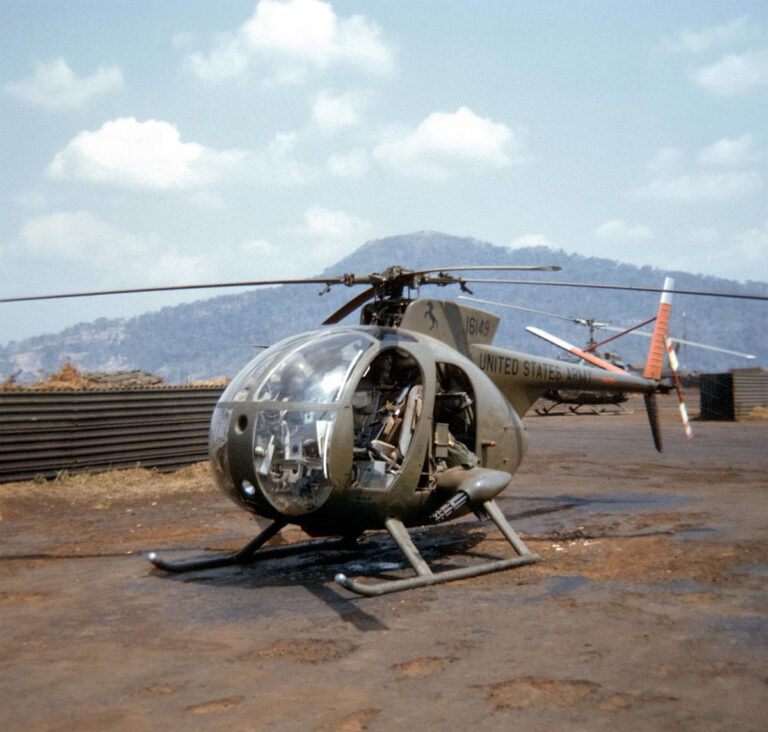Poland gets green light to buy Apache helicopters
WASHINGTON — The State Department has cleared a sale of 96 AH-64E Apache attack helicopters worth about $12 billion to Poland, the Defense Security Cooperation Agency announced Aug. 21.
The decision comes after the Polish Ministry of National Defense sent a letter of request to the U.S. government nearly a year ago to buy the Boeing-made helicopters for its armed forces.
The helicopters “will first be deployed to the 18th Mechanized Division. Not all of them, but the first units. This is because the 18th Division will be equipped with the Abrams tanks. These helicopters work great with Abrams tank[s],” deputy prime minister and Polish defence minister Mariusz Błaszczak, said in a statement released by the ministry at the time. “Together, they constitute an enormous force, a force of resistance … we want to use them to deter our opponent.”
Jen Judson
Jen Judson is an award-winning journalist covering land warfare for Defense News. She has also worked for Politico and Inside Defense. She holds a Master of Science degree in journalism from Boston University and a Bachelor of Arts degree from Kenyon College.


